1. Ambulance Rides

In an emergency, the last thing you should have to worry about is how much the ambulance ride will cost. But in the U.S., calling an ambulance can set you back hundreds or even thousands of dollars, depending on your insurance. Many Americans hesitate to call 911 because they know they’ll be hit with a massive bill later. Meanwhile, according to the NHS, ambulance services are free in the UK.
Some U.S. cities have public ambulance services that are more affordable, but in many areas, private companies charge whatever they want. Even insured patients can end up with a hefty balance if their ambulance provider is “out of network.” In contrast, countries with universal healthcare view emergency transport as a public necessity. In places where healthcare isn’t for profit, saving your life doesn’t come with a surprise bill.
2. College Education
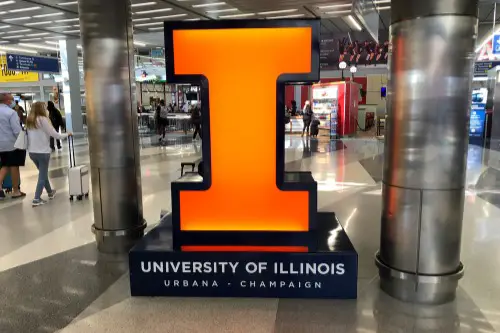
Higher education in America often comes with decades of student loan debt. While public universities in Germany, Norway, and Argentina offer free tuition to students (including some international students), the average American student graduates owing tens of thousands. Even community colleges and public universities in the U.S. can cost thousands per semester. Private universities? Those can set you back the price of a small house.
In contrast, many other countries see education as a public good, not a personal expense. Even when tuition isn’t completely free, it’s usually heavily subsidized, making it much more affordable. Some governments also provide grants or stipends to help students with living costs. Meanwhile, Americans are forced to take out loans just to attend class.
3. Healthcare
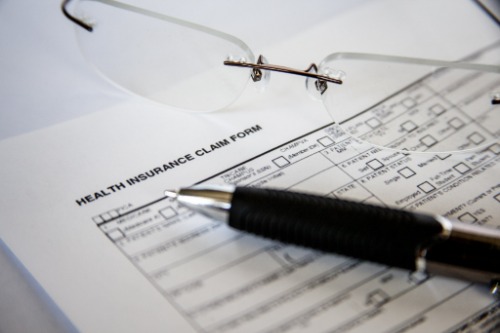
In many countries, going to the doctor doesn’t mean bracing for a hefty bill. Nations like Canada, Australia, and the U.K., have universal healthcare, meaning medical visits, surgeries, and even some prescription drugs are covered by the government. In the U.S., even with insurance, co-pays and deductibles can make a trip to the hospital financially painful. Without coverage, a simple emergency room visit can cost thousands.
Americans often face medical debt, while people in other countries rarely even see a bill. Prescription drug prices are also significantly lower in many places due to government price controls. While U.S. patients might pay hundreds for insulin, some countries provide it for free or at a fraction of the cost. For many, the idea of medical bankruptcy is unheard of outside the U.S.
4. Parental Leave

Becoming a parent in the U.S. can be financially brutal. While countries like Canada, Japan, and Sweden, offer months of paid parental leave, the U.S. is one of the only developed nations that doesn’t guarantee any at the federal level. Many American parents have to return to work almost immediately or take unpaid leave. Some are forced to quit their jobs entirely because they can’t afford to take time off.
In contrast, places like Finland provide up to a year of paid leave, allowing parents to bond with their newborns without financial stress. Some countries even offer paid leave to both parents, ensuring a more balanced start to family life. The lack of paid leave in the U.S. has long-term effects on family stability and economic security. But here, unless your employer offers it, you’re out of luck.
5. Public Restrooms
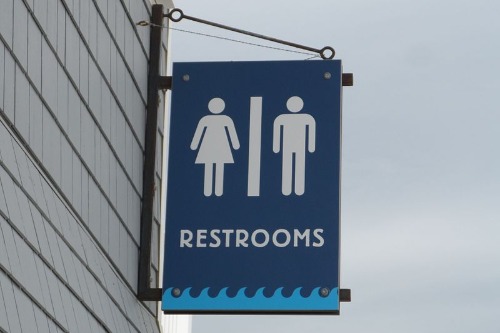
In the U.S., finding a free public restroom can feel like a scavenger hunt. Many places charge a fee, require a purchase, or restrict bathroom access to customers only. In contrast, countries like Japan, Germany, and the U.K. provide clean, free public restrooms as a basic public service. In some places, even luxury restroom facilities are free to use.
Americans often have to rely on fast-food chains or gas stations just to find a restroom. Some cities, like New York, have started adding more free public toilets, but they’re still rare. Meanwhile, in Europe and parts of Asia, public restrooms are everywhere and well-maintained. The idea of paying to relieve yourself seems absurd in many other places.
6. Debit Card Fees
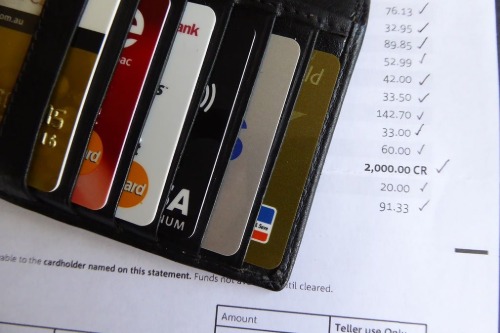
Using your own money shouldn’t cost extra, but in the U.S., it often does. Some banks charge fees just for using a debit card for purchases, withdrawing cash from an ATM, or even checking your balance. In contrast, many countries have laws against such fees, making basic banking services free. Some European nations even require banks to offer free checking accounts.
ATM fees are another big issue in the U.S., where withdrawing cash from an out-of-network machine can cost $3–5 per transaction. Many other countries cap or eliminate these fees altogether. Even international transaction fees are lower in some places. While Americans are used to paying for convenience, others just expect it as a right.
7. School Lunches

In many countries, students receive free, nutritious lunches as part of their education. Countries like Sweden, Finland, and France see school meals as essential, providing high-quality food at no cost. In the U.S., however, school lunches can cost several dollars a day unless a family qualifies for free or reduced-price meals. For some kids, that means going without lunch altogether.
Even when lunch is provided, the quality can vary wildly. Other countries emphasize fresh ingredients and balanced nutrition, while American schools often serve processed, reheated food. Some U.S. cities have started offering universal free lunch, but it’s far from standard. Meanwhile, students in other countries enjoy meals as part of their right to education.
8. Text Messaging
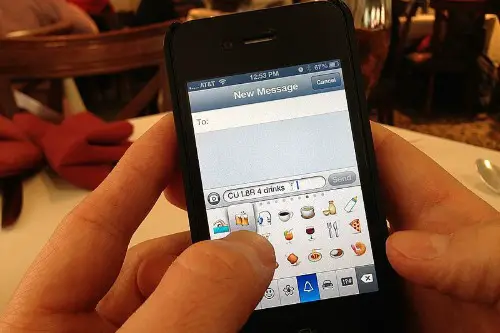
Believe it or not, many people outside the U.S. never think about paying for texts. In Europe and much of Asia, messaging apps like WhatsApp, Telegram, and iMessage are the norm, meaning texts are free as long as you have Wi-Fi or data. But in the U.S., many phone plans still charge for SMS messages, especially on prepaid plans. Even unlimited texting often comes with a higher-priced package.
This is partly because American carriers hold onto outdated pricing models. While most people now use Wi-Fi-based messaging apps, some still get hit with per-message fees. International texts can be especially expensive, costing as much as 50 cents each. Meanwhile, in most of the world, texting is just part of everyday life—without the extra cost.
9. Credit Freezes
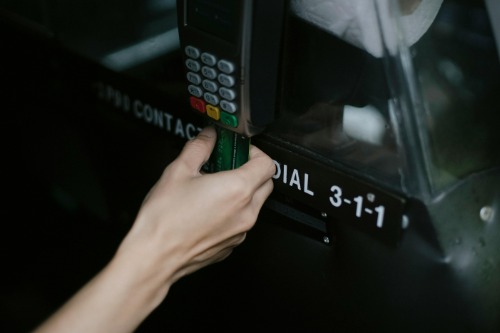
If your personal data gets stolen in the U.S., you might have to pay just to protect yourself. Credit bureaus used to charge fees to freeze your credit, making it harder for identity thieves to open accounts in your name. In many other countries, freezing your credit is a free, straightforward process. Only after major data breaches did U.S. laws start requiring free freezes—but some services still charge for extras.
Even basic fraud alerts or credit monitoring often come with a price tag. Some banks offer free alerts, but comprehensive protection still costs money. In places like Canada, consumers have more rights over their credit data without paying. While progress has been made, the fact that Americans ever had to pay for security in the first place is shocking.
10. Wi-Fi in Public Places
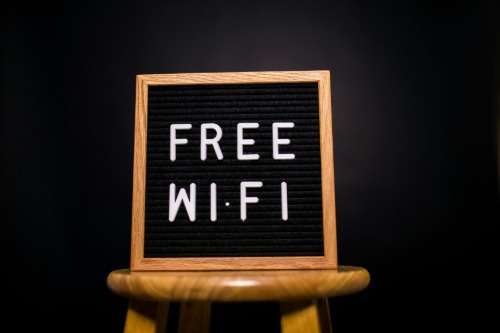
Free Wi-Fi is common in cafes, parks, and public spaces worldwide, but not always in the U.S. Many American businesses still require a purchase or a login just to access Wi-Fi. In countries like South Korea, Estonia, and Japan, fast, free internet is everywhere. Some cities even provide public Wi-Fi as a basic utility.
In the U.S., Wi-Fi is often seen as a paid perk rather than a public service. Airports, hotels, and even some libraries still charge for high-speed access. While some places have expanded free coverage, it’s still inconsistent. Meanwhile, many other countries treat internet access as a right, not a luxury.
11. Tap Water at Restaurants
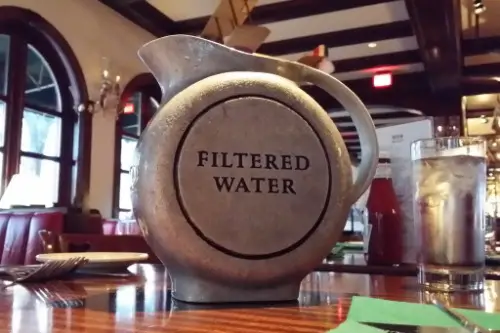
Ordering a glass of water at a restaurant is second nature in the U.S., but not everywhere. In places like France and Italy, it’s standard to be served free tap water with your meal. But in many American restaurants, you might be nudged toward bottled water, sometimes without realizing it’s not free. Some high-end places won’t even offer tap water unless you ask.
While it’s legal to request free tap water in most states, it’s not always encouraged. Some restaurants subtly push bottled options because it’s an easy way to boost the bill. Meanwhile, in countries with strong consumer protections, serving free water is just expected. It’s a small thing, but it adds up when dining out.
12. Checking Baggage on Flights
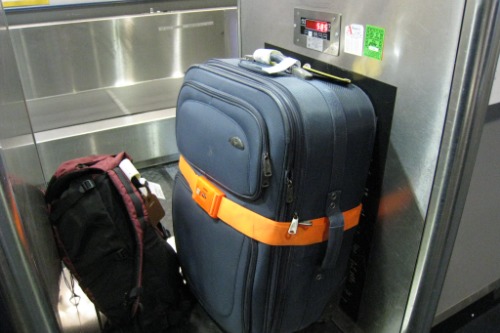
In many countries, airlines still allow passengers to check at least one bag for free, especially on international flights. But in the U.S., baggage fees have become a sneaky way for airlines to squeeze more money out of travelers. Unless you’re flying Southwest or have elite status, you’re probably paying $30–$50 per checked bag—each way. This adds up quickly, especially for families or long trips.
Many European and Asian airlines still include baggage in the base ticket price. Even budget airlines abroad often allow a free checked bag on long-haul flights. Meanwhile, American airlines keep finding new ways to charge passengers, from seat selection fees to carry-on baggage fees. It’s frustrating to know that what used to be standard is now an “extra” in the U.S. travel industry.


